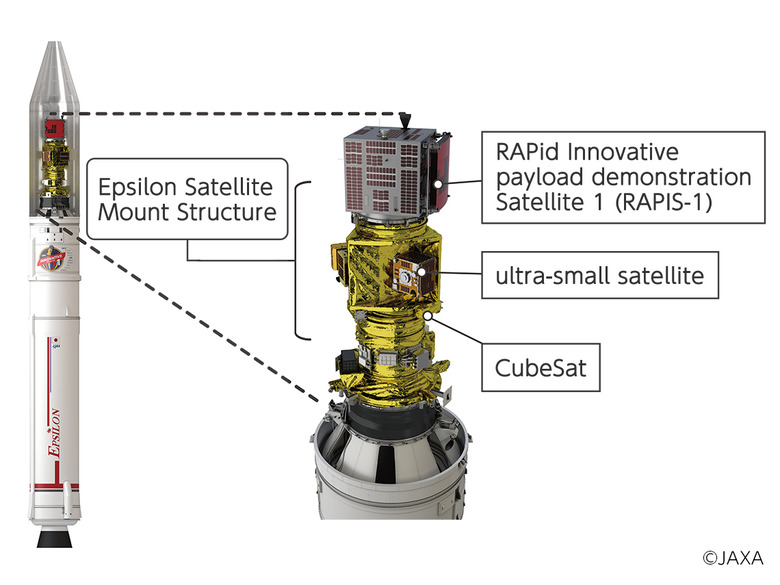Japan's affordable constellation satellite plan gets a launch window
Japan's space agency is planning a standardized platform for constellation satellites, paving the way for a globe-circling mesh of relatively affordable, modular units that will be designed by Mitsubishi. Constellations typically consist of numerous small, identical satellites, relying on ease of deployment and economies of scale to open access to space to a broader audience.
Traditional satellites tend to be large, expensive, and custom-designed for purpose. That allows for plenty of flexibility for the end-user, but it also makes designing and deploying them a process that's both time-consuming and demands deep pockets.
Individual satellites intended for use in constellations, meanwhile, are far more simplistic. Generally much smaller, they're usually cuboid and focus on the basics: intercommunication, networking back with Earth, propulsion, and some sort of instrumentation, whether that be cameras or other sensors. While on their own they may be basic, their strength is in mass deployments.
As "constellation" suggests, the idea is that multiple identical satellites can form a mesh and aggregate their abilities. Individually more affordable, and easier to launch – often tapping into the growing availability of commercial space cargo services – they're already being used to provide internet access, media service and take whole-globe photography, among other things.

Now, Japan's space agency JAXA is getting in on the action. The Japan Aerospace Exploration Agency has tasked Mitsubishi with designing a standardized platform for Innovative Satellite Technology Demonstration-2 (ISTD-2), small satellites under 220 pounds in weight. Mitsubishi will figure out how they can be designed, manufactured, and operated, including key parts for attitude control and ensuring there's enough power.
"The new platform will enable unified functions and services provided via a global constellation of small satellites," Mitsubishi says. "The purpose of the new satellite developed under JAXA for this program is for in-orbit verifications and demonstrations of equipment, parts and microsatellites developed by private companies, universities or other entities."
JAXA has already inked a deal with Space BD to deploy small satellites, and will be using the H-IIA and H3 launch vehicles. The first ISTD-2 satellites, meanwhile, are expected to launch sometime before March 2022, Mitsubishi says. They'll use an Epsilon Launch Vehicle, and take off from Uchinoura Space Center in Kagoshima Prefecture, Japan.
Satellite constellations haven't been entirely warmly received, mind. SpaceX has been criticized in recent months, for example, for its Starlink constellation, with astronomers complaining that the array of internet-beaming satellites are interfering with the view of telescopes back on Earth. SpaceX recently requested permission from the FCC to add 30,000 more satellites to its existing 12,000.
